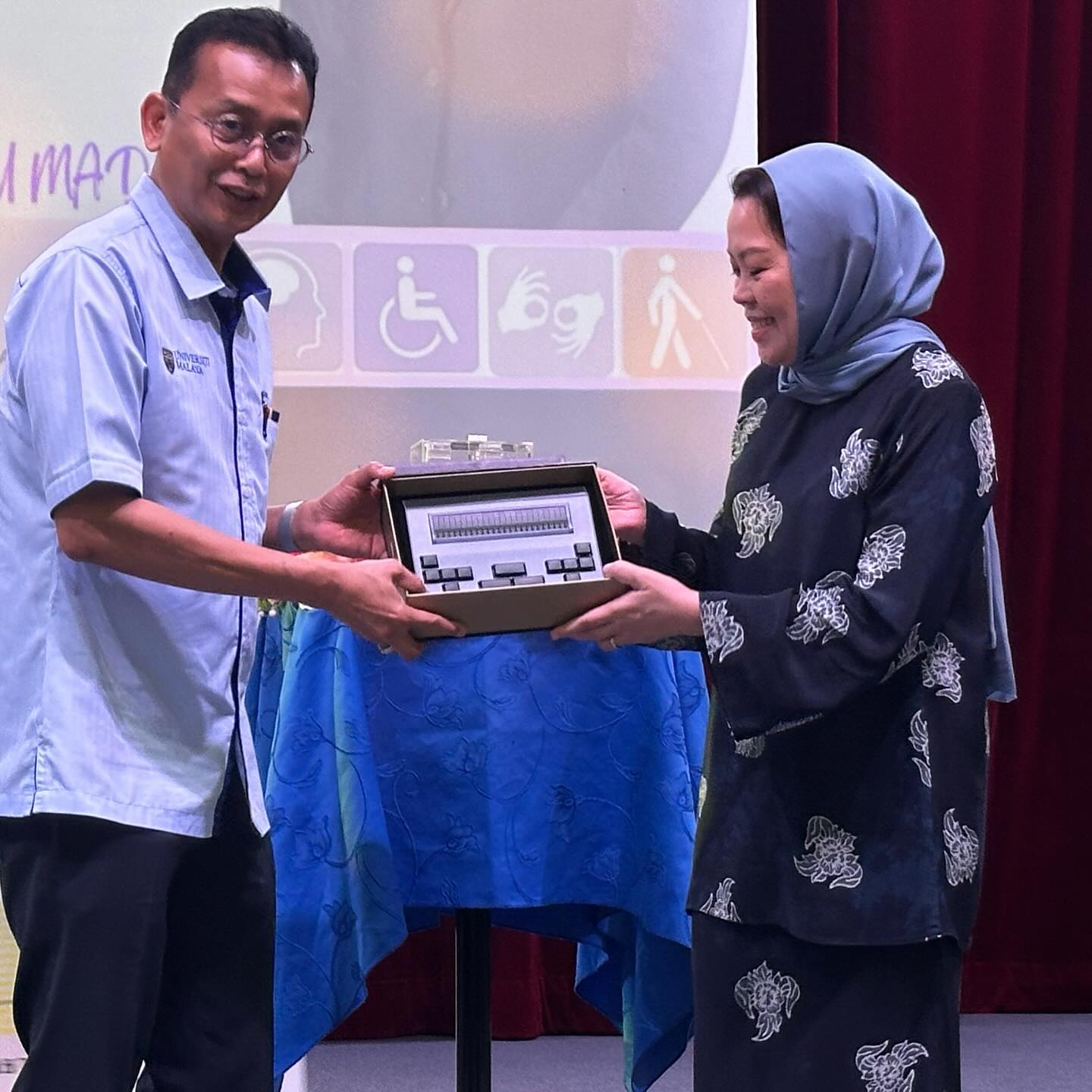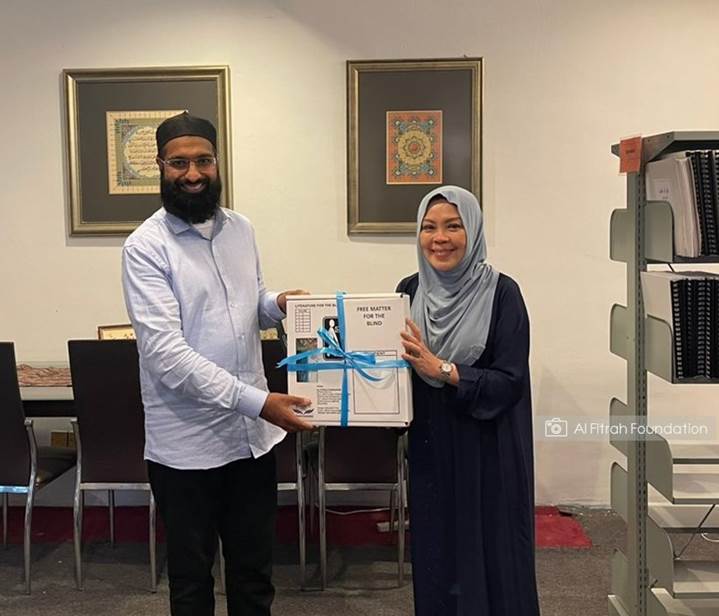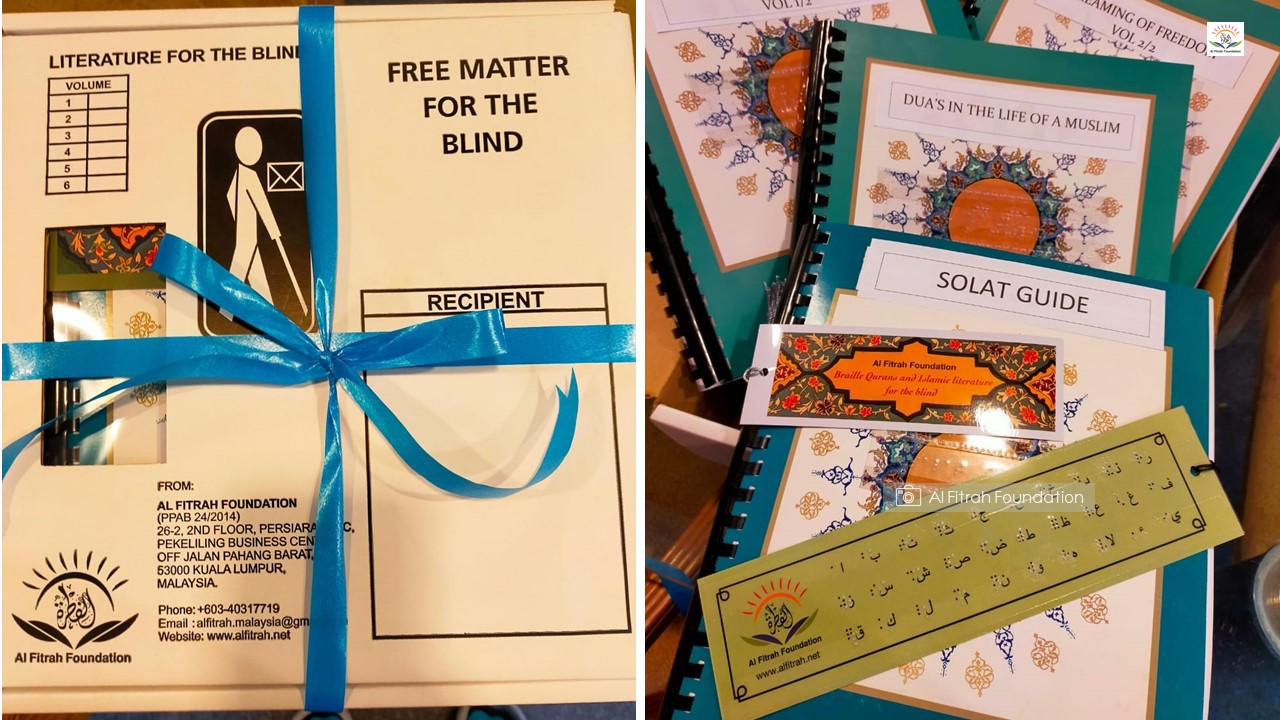HETAUDA, Nepal — WATCHING the doctor perform is like observing miracles. He has restored eyesight to more than 100,000 people, perhaps more than any doctor in history, and still his patients come. They stagger and grope their way to him along mountain trails from remote villages, hoping to go under his scalpel and see loved ones again. A day after he operates to remove cataracts, he pulls off the bandages — and, lo! They can see clearly. At first tentatively, then jubilantly, they gaze about.
A few hours later, they walk home, radiating an ineffable bliss. Dr. Sanduk Ruit, a Nepali ophthalmologist, may be the world champion in the war on blindness. Some 39 million people worldwide are blind — about half because of cataracts — and another 246 million have impaired vision, according to the World Health Organization. If you’re a blind person in a poor country, then traditionally you have no hope. But Dr. Ruit has pioneered a simple cataract microsurgery technique that costs only $25 per patient and is virtually always successful.
Indeed, his “Nepal method” is now taught in United States medical schools. I’m on my annual win-a-trip journey, in which I take a university student with me on a trip to the developing world to cover underreported issues. The student, Austin Meyer of Stanford University, and I traveled to Hetauda in southern Nepal to watch Dr. Ruit perform his magic on 102 men and women. One patient was Thuli Maya Thing, a woman of 50 who says she has struggled to look after her children since losing her sight to cataracts in the last few years. Because of her blindness and inability to work, the family sometimes goes hungry. “I can’t fetch firewood or water,” Thuli Maya told me. “I can’t cook food. I fall down many times. I’ve been burned by the fire.” So Thuli Maya was waiting outside the eye hospital that Dr. Ruit has established here, nervous but also eager with anticipation. “I will be able to see my children and husband again — that’s what I look forward to most,” she said. She was led to the operating theater, and her eyes were injected with local anesthetic. After hoisting her left eye wide open with an eyelid speculum, Dr. Ruit peered through a microscope as he made a tiny incision in her eyeball and then tugged out the cataract — and placed it in my palm.

It was hard and yellowish, perhaps a third of an inch in diameter, a tiny opaque disk that had devastated Thuli Maya’s life. Dr. Ruit inserted a tiny new lens into the eye and he was done. The process took just five minutes. Then he repeated the process for Thuli Maya’s right eye, confident that she would see again. “Here, the returns are so clear,” Dr. Ruit said as he bandaged her eye. “It’s like no other medical intervention.” In the United States, cataract surgery is typically performed with complex machines. But these are unaffordable in poor countries, so Dr. Ruit built on the work of others (including the Aravind Eye Care System in India, a superb institution that performed 280,000 cataract surgeries last year) to pioneer and refine small-incision microsurgery to remove cataracts without sutures. At first, skeptics denounced or mocked his innovations. But then the American Journal of Ophthalmology published a study of a randomized trial finding that Dr. Ruit’s technique had exactly the same outcome (98 percent success at a six-month follow-up) as the Western machines. One difference was that Dr. Ruit’s method was much faster and cheaper.
“The results are fantastic,” said Dr. Geoffrey Tabin, an eye specialist at the University of Utah’s Moran Eye Center. Dr. Tabin learned the technique from Dr. Ruit and was in Hetauda as well, removing cataracts beside Dr. Ruit, and he says the results in rural Nepal using this technique are as good as those of his patients in Salt Lake City paying for first-class care and benefiting from almost $1 million in the latest medical equipment. Dr. Tabin said that when machines can’t be used for cataract surgery in the U.S. (if, for example, the cataract is too large), the standard American manual surgical technique is inferior to Dr. Ruit’s. Dr. Tabin, a mountain climber whose interest in Nepal was sparked by summiting Mount Everest, leads the Himalayan Cataract Project, a United States charity that supports Dr. Ruit’s work and takes its techniques to other countries, like Ethiopia and Ghana. The battle against global blindness is now a joint Ruit/Tabin project, and they optimistically named their website CureBlindness.org. “Dr. Ruit was the first doctor to put lenses in poor persons in the developing world,” Dr. Tabin said. “Nobody has restored sight to as many people.” By Dr. Ruit’s count, which others find credible, he has conducted 120,000 cataract surgeries, mostly on a single eye of a patient. But Dr. Ruit developed not just a surgical technique but an entire eye care system. He founded the Tilganga Institute of Ophthalmology, which includes hospitals, outreach clinics and training programs and an eye bank, using fees from better-off patients to support impoverished ones like Thuli Maya. Tilganga conducts eye surgery on 30,000 patients annually — half for a fee, half gratis.
Tilganga also manufactures 450,000 tiny lenses a year for use in cataract surgery, keeping costs to $3 a lens compared to $200 in the West. The quality seems excellent, and they are exported to 50 countries, some in Europe. And for those who lose an eye, Tilganga makes realistic-looking prosthetics that cost $3, compared to $150 for an imported false eye.
This system impresses experts around the world. Dr. David F. Chang, a past president of the American Society of Cataract and Refractive Surgery, describes Dr. Ruit as “one of the most important ophthalmologists in the world.” Dr. Ruit, 61, who grew up in a remote part of northeastern Nepal and studied medicine in India, is now taking his model to other low-income countries. “If we can do this in Nepal, it can be done anywhere in the world,” he said. One reason to focus on vision on a win-a-trip journey: Blindness is both extremely debilitating and often easy to overcome or prevent. Vitamin A capsules cost 2 cents each and can prevent 250,000 or more cases of child blindness each year (half of those children die within a year of going blind). Blinding trachoma can be prevented with improved hygiene and donated antibiotics. River blindness is on its way out in part because of the heroic work of Jimmy Carter and medicine donated by Merck. And cataracts — well, let’s pick up with Thuli Maya. A day after the surgery, she and the 101 other patients were ready to have their bandages removed. Dr. Ruit carefully pulled off Thuli Maya’s eye patches, and she blinked a couple of times — and took in her surroundings for the first time in years. She beamed as her eyesight was tested; it came out 20/20.
“I used to get around by crawling,” Thuli Maya said through her smiles, “and now I can get up and walk.” Readers often tell me of their doubts about humanitarian aid, and it’s true that helping people is always harder than it looks. But sometimes it’s almost miraculous: A $25 surgery, say $50 for both eyes, to restore a person’s sight. “This is such high impact, for so little money,” Dr. Ruit said as he watched his patients adjusting to sight again.
Meanwhile, Thuli Maya was dancing.











